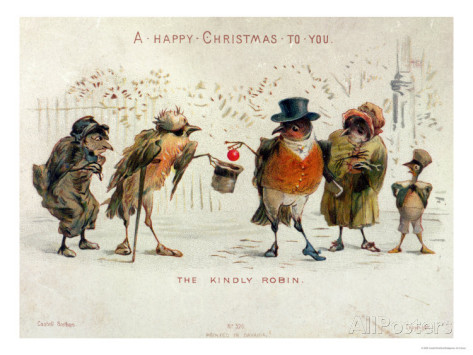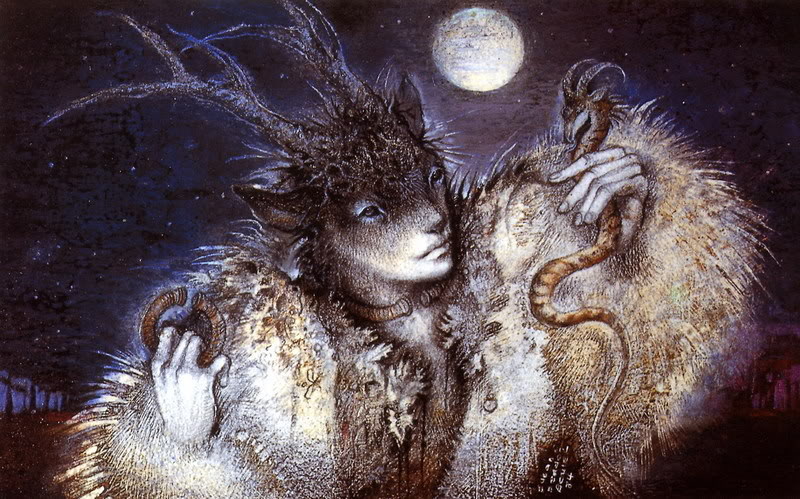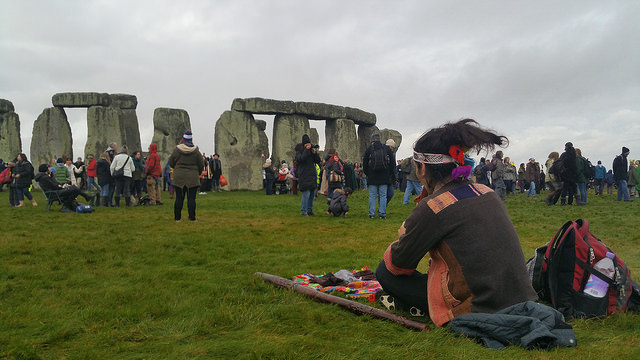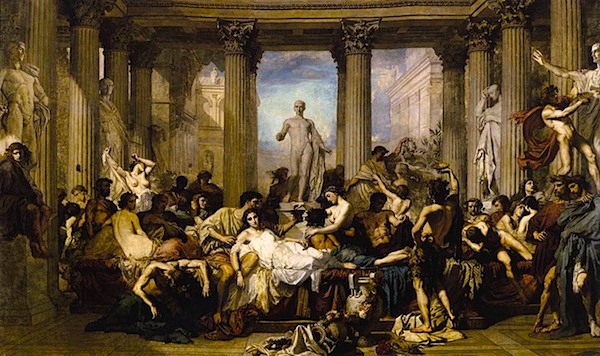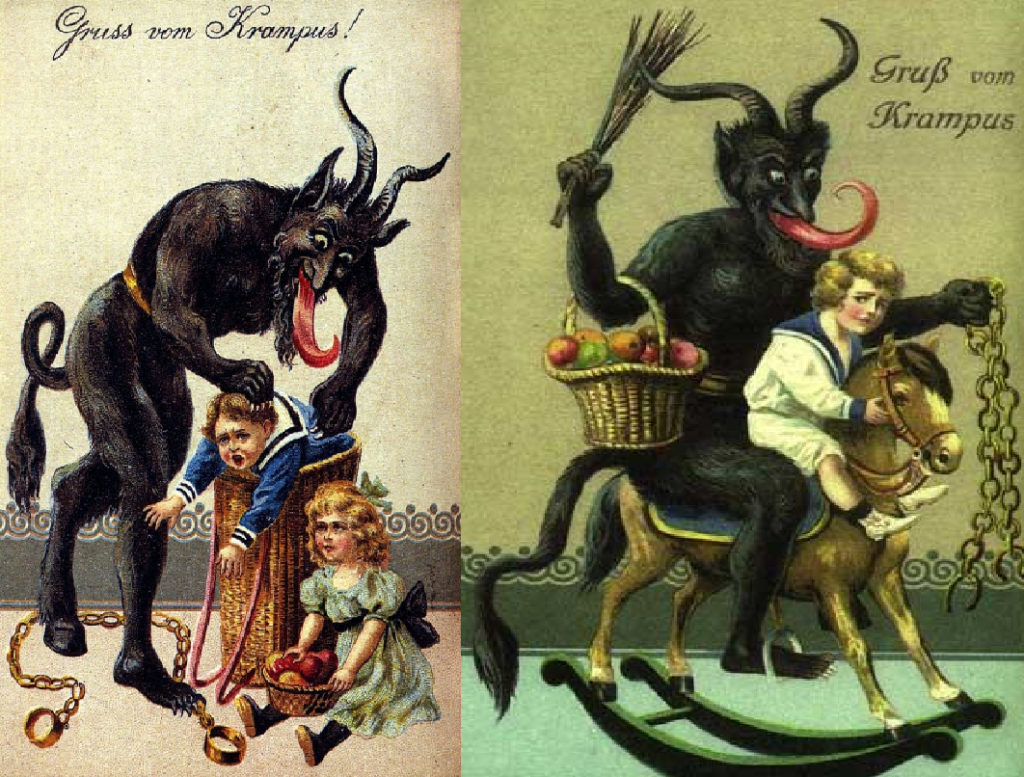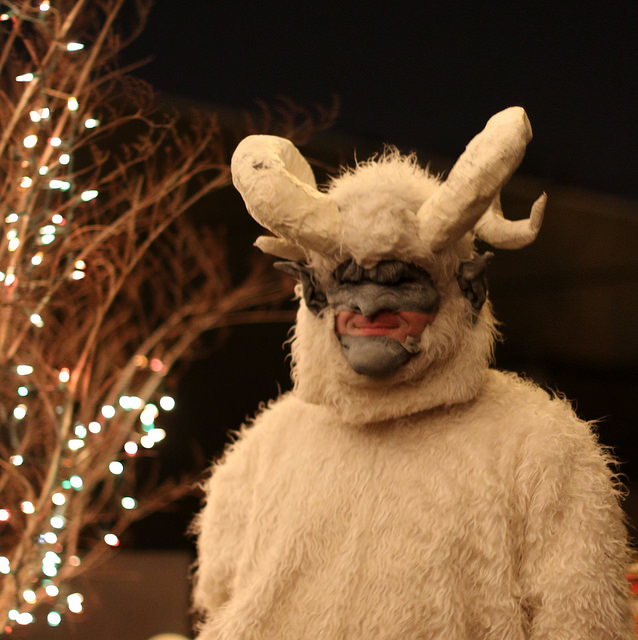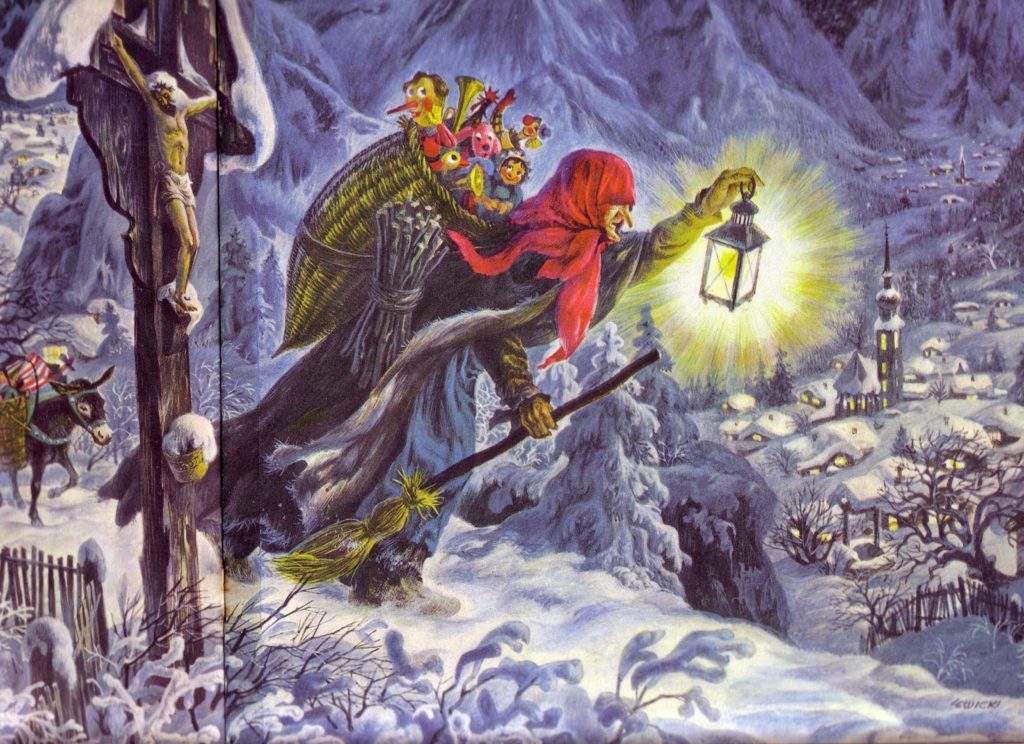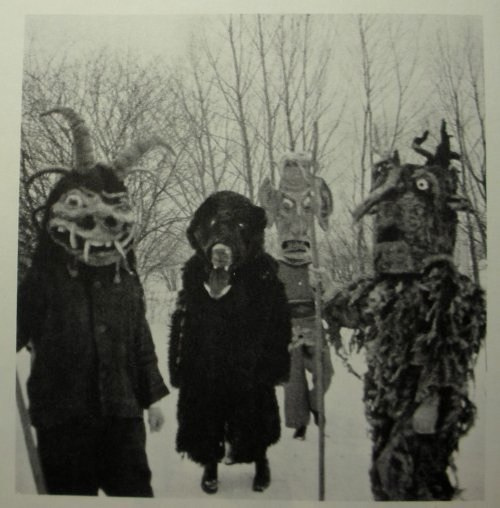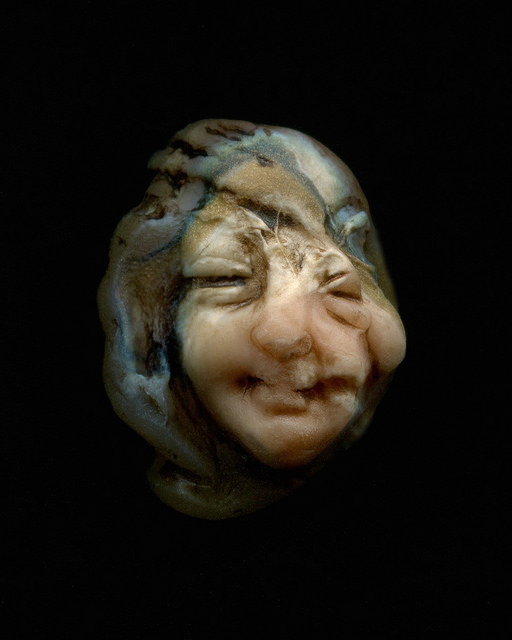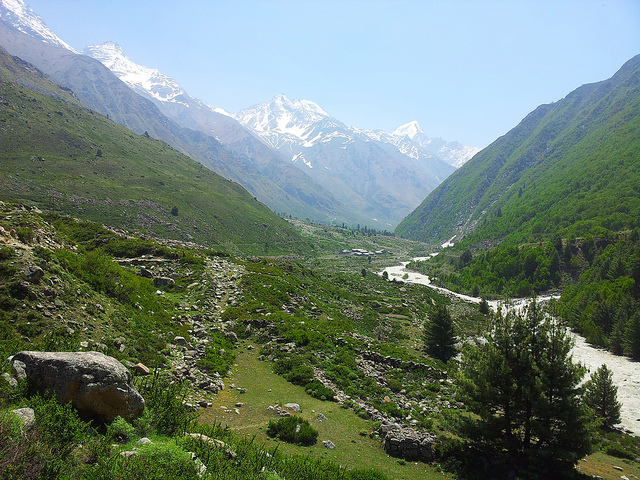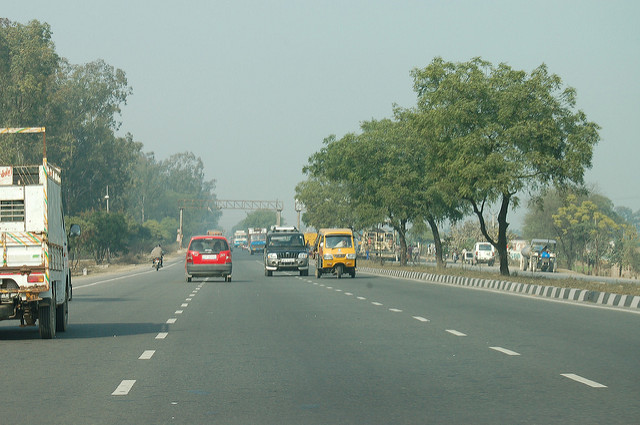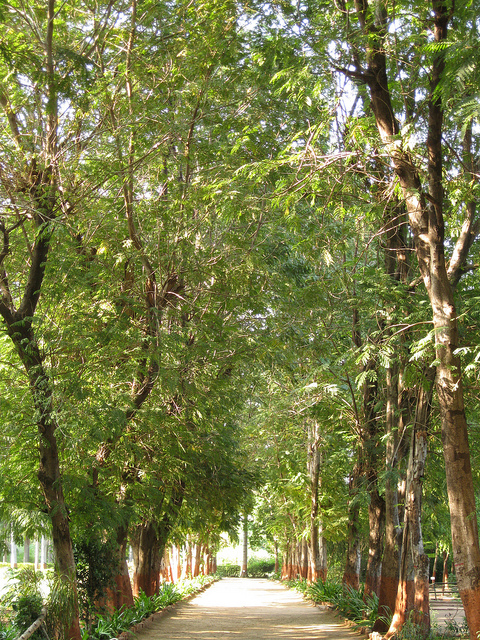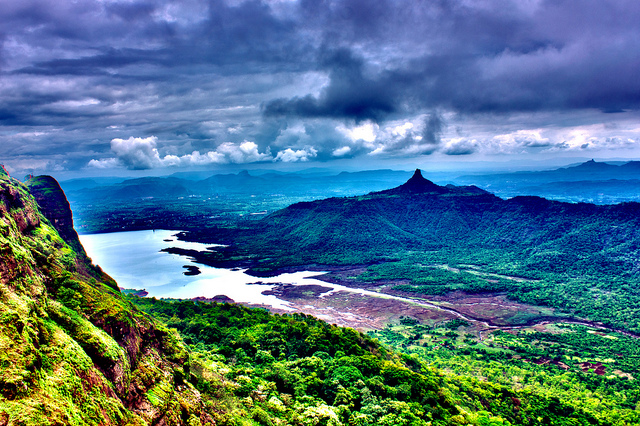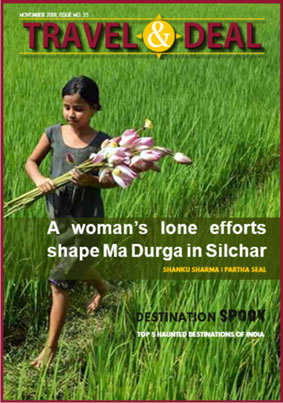For those of you who have never heard of Mulled Wine, this drink is a firm Christmas Holiday staple with it’s origins almost as old as time itself.
The drink was popularized during both the Middle Ages and Victorian Era in England, but versions of the drink can be traced back to the time of the Ancient Egyptians and Ancient Romans. The drink itself as it is enjoyed these days is a hot drink with a red wine base, ‘mulled’ (meaning brewed over heat) with citrus fruits and warming spices such as cinnamon, clove and black pepper, usually with a dash of brandy included as the alcohol content of the red wine tends to burn off in the mulling process.
During the Middle Ages the additional spices and Citrus in Mulled Wine was believed to make people healthier, and after all, much of the water wasn’t drinkable in Middle Age England. On top of that there was the Black Death to deal with so they surely needed a good drink anyway…
Here’s an excerpt from the “Good Housewife’s Jewel” by British author Thomas Dawson in 1596:
“Take a gallon of white wine, sugar two pounds, of cinnamon, ginger, long pepper, mace not bruised galingall [sic]…and cloves not bruised. You must bruise every kind of spice a little and put them in an earthen pot all day. And then cast them through your bags two times or more as you see cause. And so drink it.”
It’s the Victorian Era version of the drink which is closest to the modern day version of Mulled Wine, with the drink being popularized in the novels of Charles Dickens such as the incredibly popular ‘A Christmas Carol’ where he mentions a brand of the drink called ‘Smoking Bishop’ and thus the connection of Mulled Wine with the Christmas Season was solidified.
For generations Mulled Wine has been a glorious excuse to drink steaming wine from large coffee mugs, as the sharp winter cold sets in and our bodies and spirits (excuse the pun) are in need of some warmth. On those frostbitten nights there really is nothing better, especially after having stood at the stove making your own, it really is incredibly simple. Make your own Mulled Wine to warm up the winter evenings with our recipe:
Ingredients:
1 Orange, thoroughly washed and sliced in half, unpeeled.
5 whole cloves
1 stick of cinnamon
1 inch cube of ginger
A few Black peppercorns or Long Pepper
200g Sugar
1 bottle of red wine (the quality really does not matter)
Brandy (to taste)
Method
1) Lightly crush all dry spices and finely slice ginger.
2) Pour the contents of half of a bottle of red wine into a heat proof pan and begin to warm over a low heat.
3) Add the sugar, orange halves and all spices to the red wine, turn up the heat and leave on a rolling boil for around 5 minutes. This is to create a thick, syrup type consistency which will be the flavorful base for your drink.
4) Turn down the heat and add the rest of the bottle of wine to your syrup base and gently warm for a few minutes, until steaming hot.
5) Turn off the heat and add a dash of brandy, to taste, as a lot of the alcohol content will have burned off in the mulling process.
6) Strain into your favorite mug and enjoy while hot!
You can experiment with the spices and fruits, variations of this drink also include star anise, cardamom, lime, lemon, raisins… there really is no one correct way to mull your wine!
For other mythical and historic (and simple to make) Mulled Wine recipes, including Cleopatra’s Elixir of Life, visit https://vinepair.com/wine-blog/8-delicious-mulled-wine-recipes-from-around-the-world/

